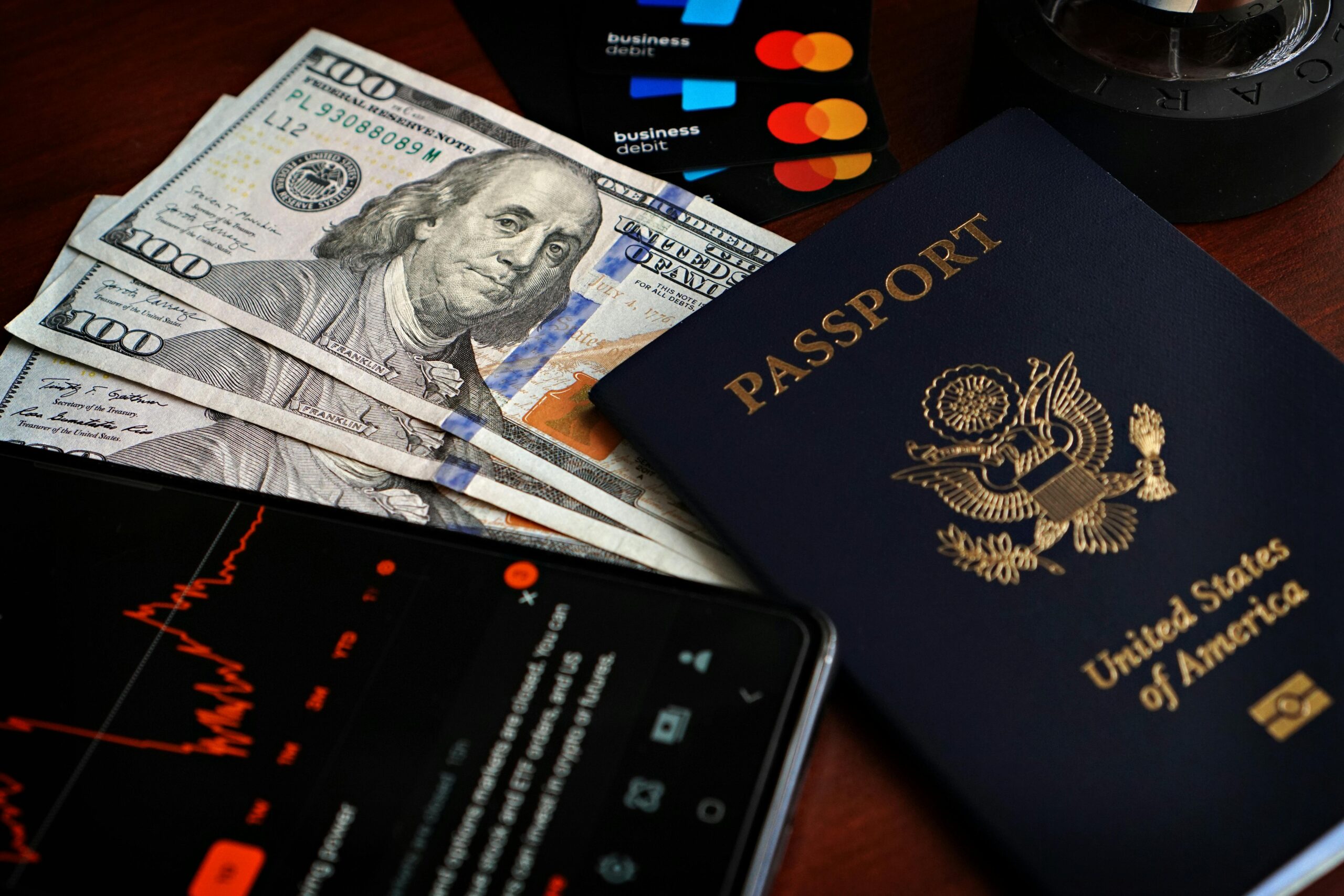How the H1B visa is Changing in 2025 — Fees, Rules & Global Impact

H1B visa is facing radical policy changes in 2025. New executive moves and regulatory efforts are transforming the recruitment of high-skilled foreign employees by the U.S. employer base – this has the potential to spill over into the areas of U.S. competitiveness, start ups, universities and international talent movements. This paper dehanaghs the most recent news, describes the history, and evaluates short-and-long-term effects.
What just changed (the headlines)
- New annual fee announced (Sept 2025): The administration has declared a new decree that will order an annual fee of 100,000 dollars on H-1B visa holders/applications (which is offered at progressively higher-priced alternatives, dubbed gold cards) a ruling that would make it much higher to hire H-1B workers. This is primarily large outlets that covered this news.
- Regulatory modernization already in effect (Jan 2025): DHS/USCIS has adopted an H-1B final rule, which will take effect Jan 17, 2025, and revised Form I-129. Employers have already been making changes that have been happening.
Background context — why H1B matters
The H1B programme is designed to supplement technologically-specialised, health-care professions, along with educational ones, to which employers in America are alleged to have difficulty locating within their national borders.
The program has also previously issued 65,000 cap visas and 20,000 advanced-degree visas flowing into the country annually, although there has been poor consistency in approvals, renewals and enactment of rules over the 10 years program.
Government and research findings show that H-1B employees supplement the local one in addition to, focus in STEM work thereby touching on the process of hiring, innovation and remuneration.
Immediate impacts to watch
Hiring costs and employer behavior: A phenomenally high annual fee (at least if successful) would make H-1B labor cost astronomically more expensive, would prompt employers to automate, outsource, or hire domestically-based employees, especially to carry out marginal jobs in relation to the magnitude of expenditures. The report suggests that universities and smart companies are worrying too soon.
Startup and R&D effects: Freeze or offshore outsourcing of new positions in new start-ups that command H-1B skilled employees. That will slow down the process of development of a product and damp down any innovation that revolves around software, biotech and AI in their early years. In this case, the reliance on the H-1B talent is somewhat colossal in the process of economic research of such domains.
Global talent flows: As more costly U.S. visas erode migration talents in Canada, Europe and Asia are also in the decisive phase on an arms race of STEM talents with less antagonistic immigration policies. International student selection and recruitment policies will shift.
Legal and political battles: The integration of the immigration law and the fee structure is likely to lead to legal and congressional opposition to the key reforms (especially, to the fees and fee products) because both of them have limitations between the law and the administrative section.
What employers and applicants should do now
Run cost scenarios artificial facilities with the potential new charges and wage-based selection – mate onshore and permanent residency sponsorship and telecommute/offshore.
Consult immigration counsel to prevent visit immigration counsel law may matter in cases where you practice H-1B staff reliance during early legal planning may win projects in case the regulations are changeable easily.
For candidates: Both entries and O-1 visas, and issues with technology immigration to the country. and consider the technology immigration into other countries in the case of both candidates, the U.S. is too costly.
Global perspective — winners and losers
Potential losers: The possibilities of smaller to medium sized technology firms plus start-ups, academic recruitment pools and employers who get their workforce through third party suppliers could be the most prone to increased fees.
Potential winners: Exported talent might be attracted to those countries whose skilled-worker visa policies (e.g. Canada, Australia, some EU) are relatively easy to obtain (i.e. not requiring any work permits at all).
Well-endowed big companies would either buy off high-performance staff or offer them high premiums.
Final verdict: The Fight Over the H1B Visa Isn’t Just Policy, It’s America’s Future
It is not H1B phenomenon going hand in hand with the immigration debate any more, but fight about the will the U.S. stay the world centre of innovation and highly qualified labour or not. On the one hand, the reason can be explained by the fact that higher fees hike and new anti-competitive rules assist in the defence of the American labourers.
Critics of this statement too would retort that this would be tantamount to taxing talent as they know it and that the outcome of such a move would be to shift the next generation of AI breakthrough, breakthrough in biotech and breakthrough startup unicorns to other countries.
The U.S. has to shed tears before they make the H1B fee of 100,000 per annum come to reality and it is not far-fetched considering that soon this nation will be outsourcing leadership positions to other nations.
Their competitors such as Germany, Canada and Singapore are stealing their red carpets to talents that seemingly seem not welcome within America. This is a pinpoint question, do we desire innovations that drive Silicon Valley, or shall we have instead desire innovations that drive Toronto, Berlin or Bangalore?
The statistics of the visa will say very little, actually, than the outcome of this fight will say about the state of the U.S. economy and the competitiveness of the tech sector and the image of the nation as the land of opportunity. The message given to the employers, the start-ups, the entrepreneurial talent in the world is that the H1B visa is no longer paperwork. It makes up the global talent scandal.